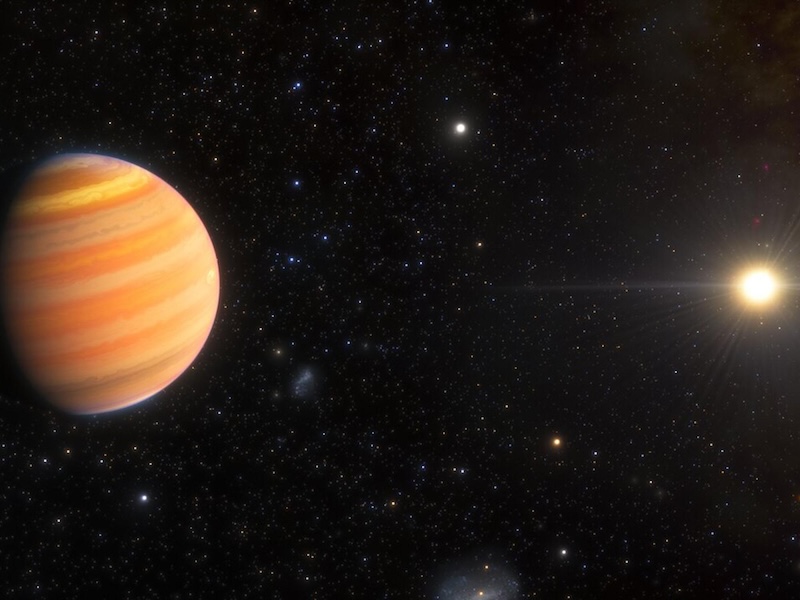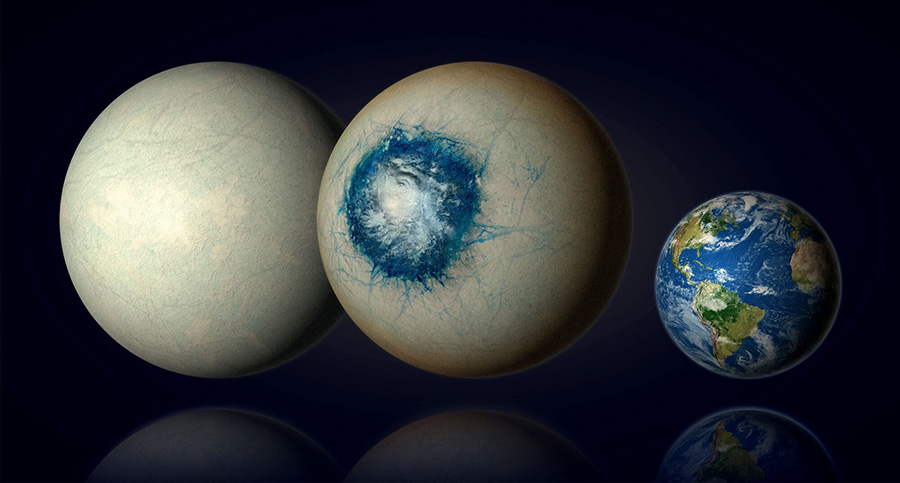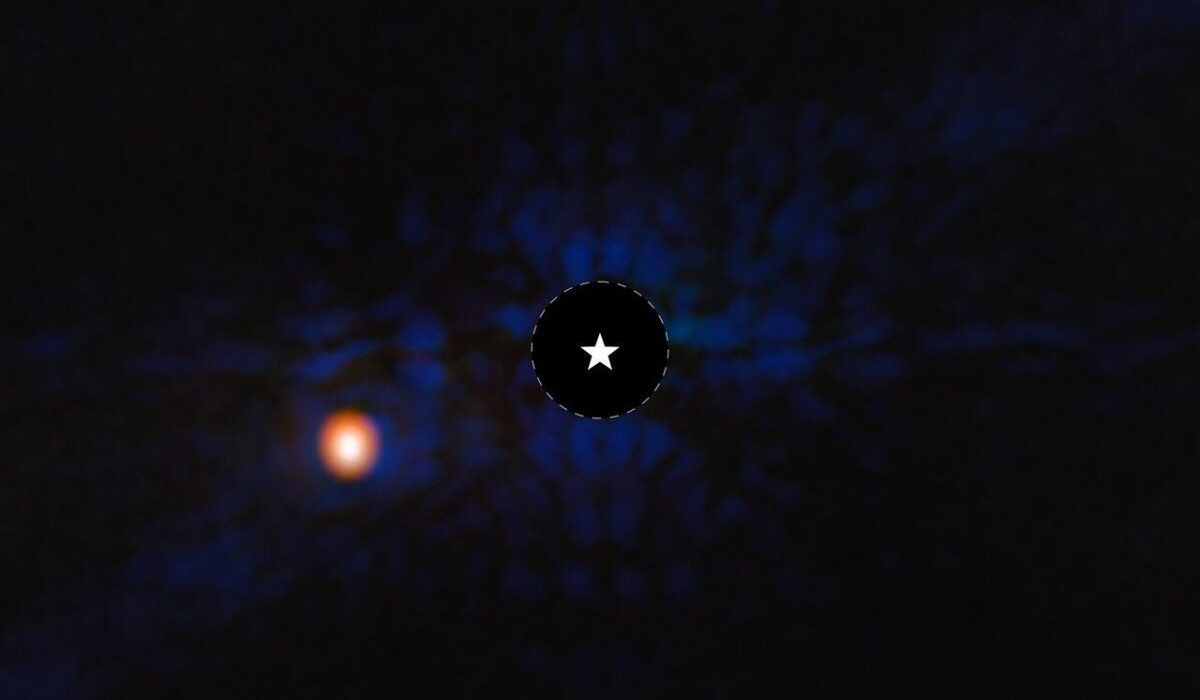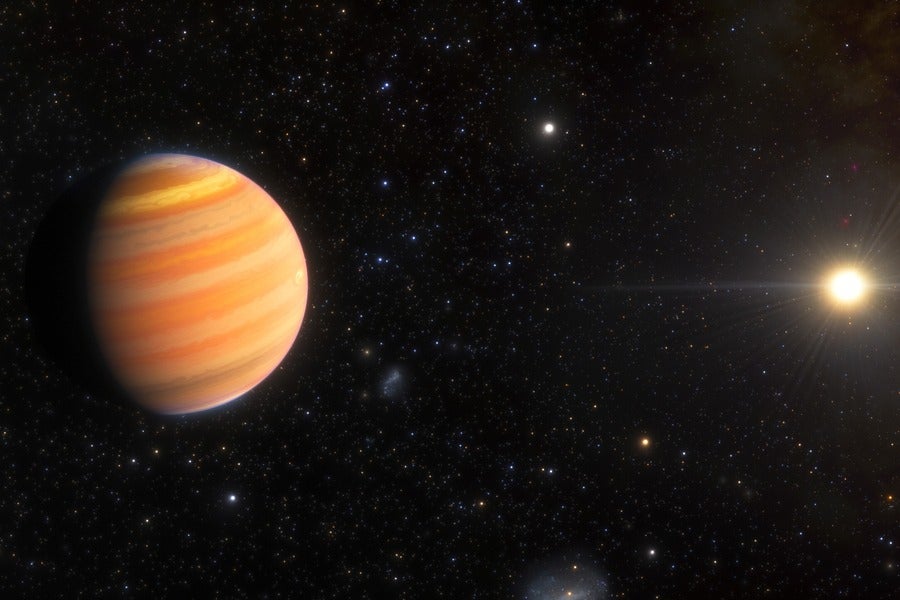Will this ‘hairpin’-shaped exoplanet become a hot Jupiter?
The exoplanet TIC 241249530 has an extremely elongated, cucumber-shaped orbit.making a sharp “hairpin turn” each time it approaches its star. The exoplanet also orbits its star in reverse.another rare phenomenon among observed transiting exoplanets. Scientists believe TIC 241249530 could be transforming into a hot Jupiteroffering information on planetary migration processes. Exoplanet with an extreme orbit
















